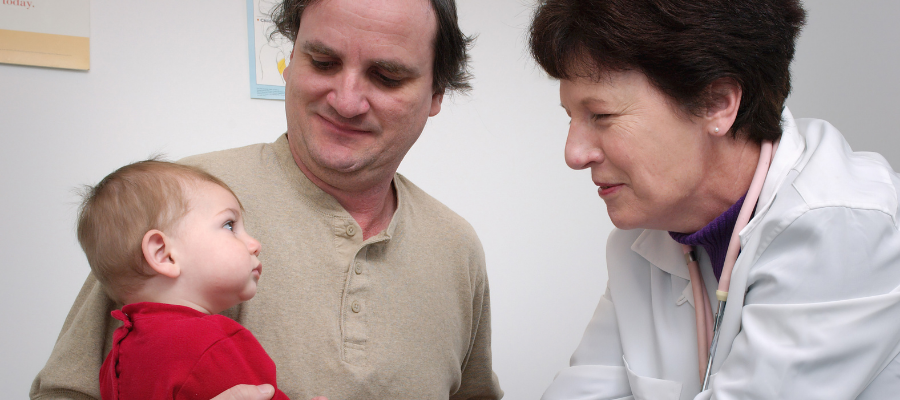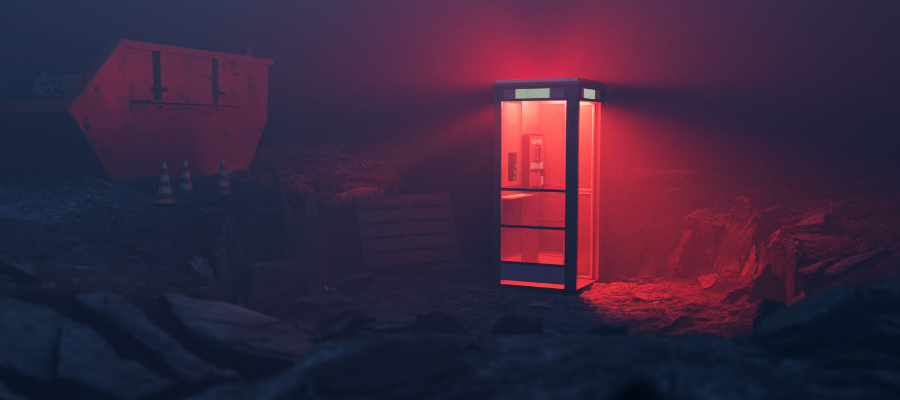Nightmares, Night Terrors, and Sleeplessness
Nightmares and night terrors are the most frightening causes of sleeplessness. Surprising to many, nightmares and night terrors are entirely separate phenomena and occur in different stages of sleep. Nightmares tend to happen during REM sleep, whereas night terrors typically occur earlier before you enter the REM cycle.
Difference between nightmares and night terrors
Nightmares can be elaborate and vivid. Many people recall details very clearly when they wake up from a bad dream. Children who experience nightmares can often describe the dream in great detail, and frequently they’ll seek assurance from parents that the nightmare wasn’t real. Nightmares can occur to people at any age.
Night terrors, on the other hand, release a remarkable physical response in the sleeper but are usually not remembered the morning after. Children between ages four and eight are most prone to night terrors. Most will age out of the condition on their own. As high as 40 percent of children are estimated to experience night terrors.
Common characteristics of night terrors include:
- Screaming, kicking, sleepwalking, panic – signs that your child is scared but can not be awakened or comforted.
- Some children’s eyes will be wide open during a night terror, but they do not see anything in front of them.
- Night terrors can last for up to 45 minutes.
- Your child will not remember the episode from the night before in the morning.
How do nightmares and night terrors affect sleep?

Nightmares and night terrors can both disrupt sleep and cause adults or children who suffer from the conditions to get inadequate rest and experience energy deficits during the day.
Occasional nightmares are normal. However, if scary dreams or night terrors cause a person to avoid sleep or get inadequate rest for several consecutive nights or weeks, it may be time to consult a doctor. Healthy sleep is a necessary component of overall wellness.
Night terrors and sleepwalking
Children who suffer from night terrors are also more likely to engage in sleepwalking than peers who haven’t experienced night terrors. (Although sleepwalking is more common in children, it affects about 4% of adults too.) Children who sleepwalk are typically affected between ages four and eight — the same timespan night terrors are most common. Most children outgrow the behavior by age 12.

How to deal with nightmares and night terrors
The vast majority of people who experience nightmares can cope with the situation without medical intervention. The same is true of night terrors — parental reassurance is usually sufficient to comfort children who’ve had a night terror episode, and most adults who experience night terrors won’t remember the incident. In both cases, as long as it doesn’t develop into a chronic condition, it won’t be a serious problem.
When to seek help with nightmares or night terrors

Since sleep is so essential to good health, any disturbance that takes an ongoing toll on a person’s ability to get adequate rest is a problem. It is a good idea to contact a physician if nightmares extend over multiple days and prevent adequate sleep.
For parents of children who have night terrors, you may mention it at your child’s next wellness exam. However, you might also want to consider consulting your child’s pediatrician if:
- Night terror episodes become increasingly frequent.
- Your child or other family members’ sleep is routinely disrupted.
- Your child sleepwalks during episodes, or you have other concerns about safety or injury.
- You notice your child struggling with excessive daytime sleepiness or has trouble functioning due to disrupted sleep.
- The night terrors continue into your child’s teen years or even into early adulthood.
Nightmares and PTSD
Vivid, disturbing nightmares that are associated with post-traumatic stress disorder (PTSD) can also be a serious condition. Under some circumstances, PTSD-related nightmares can be so severe that they can contribute to substance abuse or suicidal thoughts, according to the Mayo Clinic. These are symptoms that require prompt medical intervention, and treatments are available that may be able to address the underlying condition and alleviate symptoms.
Summary

In this article, we’ve looked at the characteristics of nightmares and night terrors. Nightmares may occur at all ages and a usually remembered vividly, whereas night terrors are mostly a phenomenon occurring in children, who will exhibit discomfort during sleep, but will have no recollection of it the morning after. Both nightmares and night terrors can disrupt sleep but are usually passing phenomena. If nightmares or night terrors cause you or your family to suffer from chronic fatigue, you should consult a physician.


